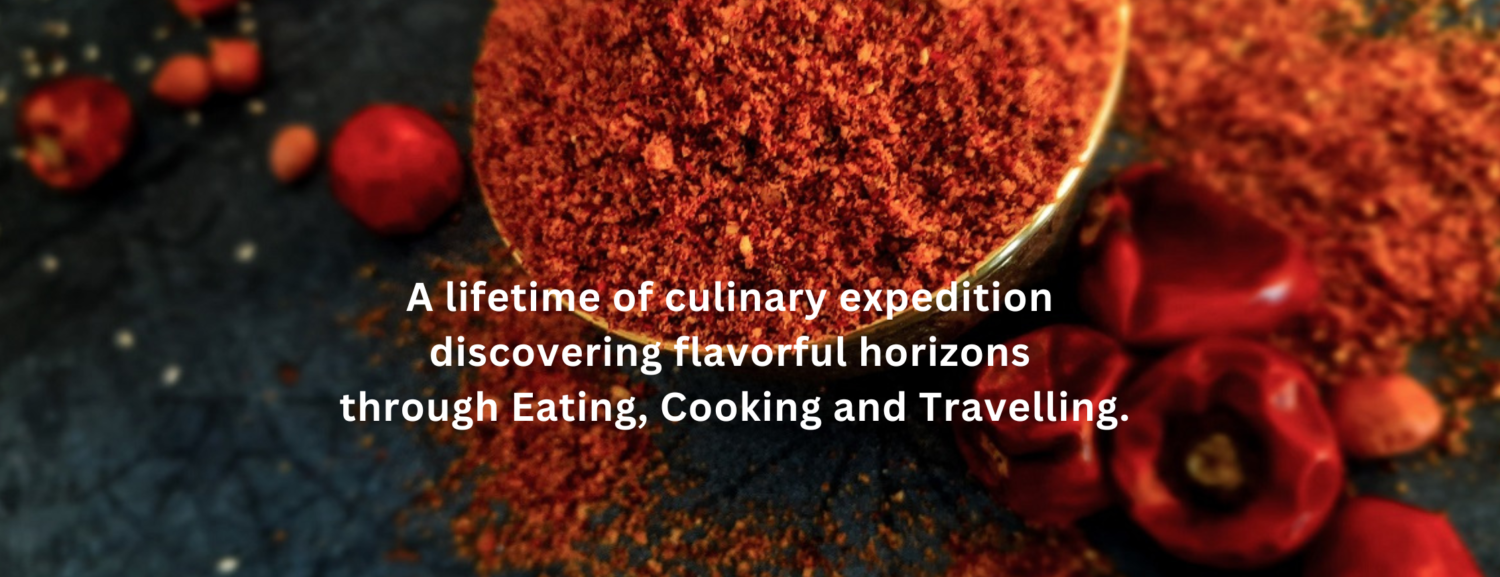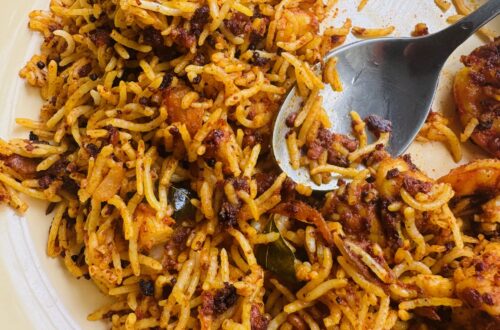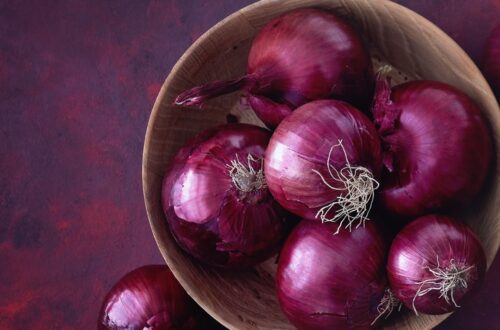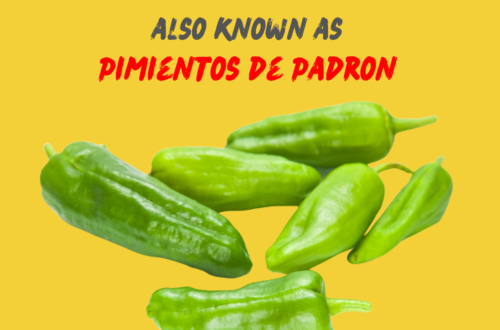
Why I Hand-Beat the Thosai Batter?
Indian mothers and grandmothers have truly mastered the art of hand-beating thosai batter—it’s a time-honored labor of love. Similarly, I’ve embraced this tradition, hand-beating my thosai batter from the very first batch I ever created.
Beating thosai batter by hand can enhance fermentation for several reasons, which are often passed down through generations.
Hand beating introduces air into the batter, which helps activate the natural yeast present in the ingredients and this is crucial for fermentation as it promotes the growth of beneficial bacteria and yeast, leading to better rise and texture.
Hand mixing is gentler than using electric whisk as it allows for precise control over how much gluten is developed. In thosai batter, the right amount of gluten contributes to a softer texture, which is key for achieving the perfect crispy yet fluffy thosai.
When beating by hand, you can gauge the temperature of the batter. Warmer temperatures can kickstart fermentation, while cooler ones can slow it down. This flexibility allows for better control over the fermentation process. You can feel the temperature if you are using a whisk!
Hand beating fosters a deeper connection with the ingredients, allowing for a more mindful approach as you feel the batter’s texture, helping you adjust accordingly for the best fermentation results especially if the grains are ground at home.
When it comes to hand-beating my 2-liter thosai batter, I typically count out a solid forty circular beats to achieve the perfect consistency. Circular beats mean stirring or mixing the batter in a circular or round pattern.
#chefdevagisanmugam #thosai #dosa #dosabatter #culinarytradition #fermentation #naturalfermentation #Indianfood #southIndianfood #culinaryskills #culinaryeducation #cookingtechniques #homecookingjoy #cookinghacks






